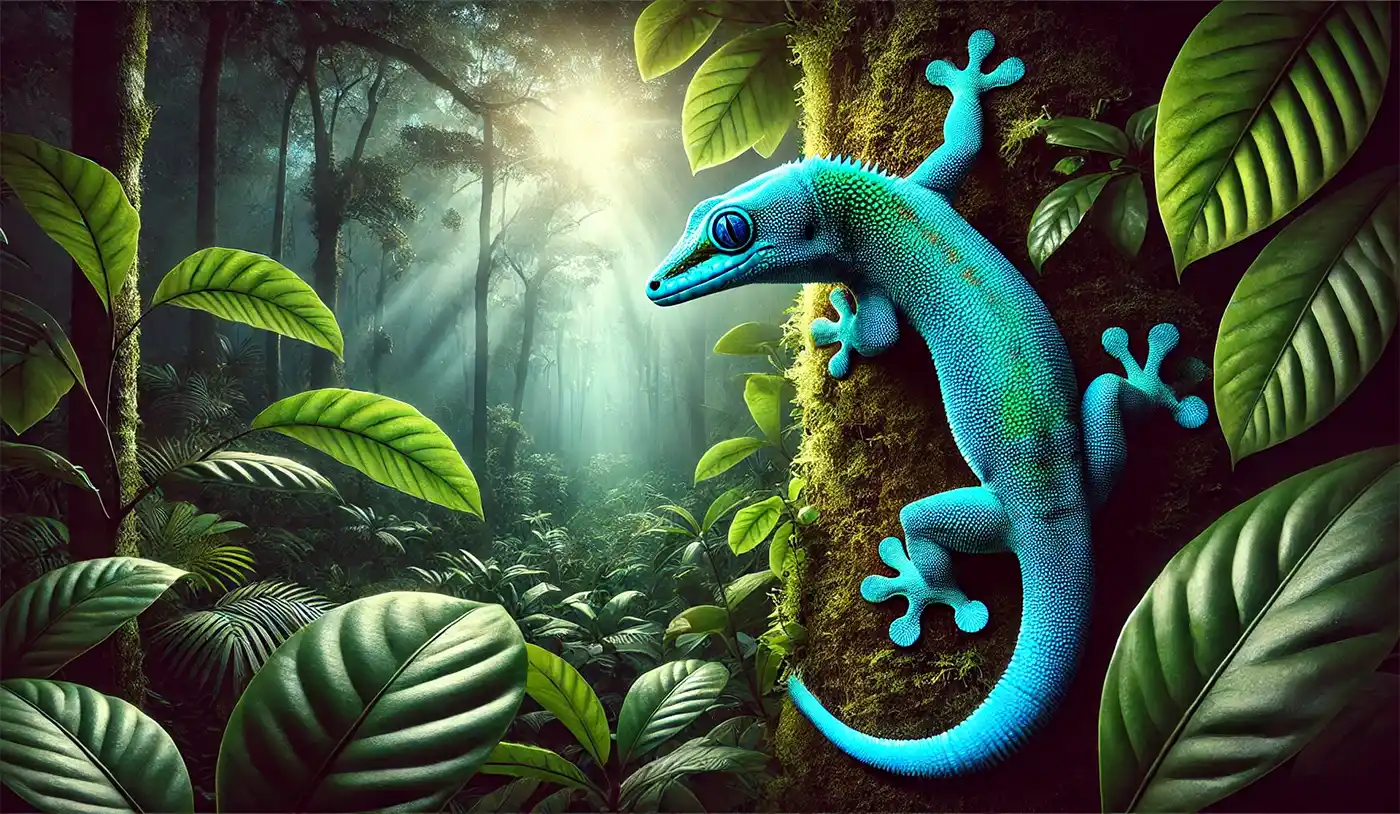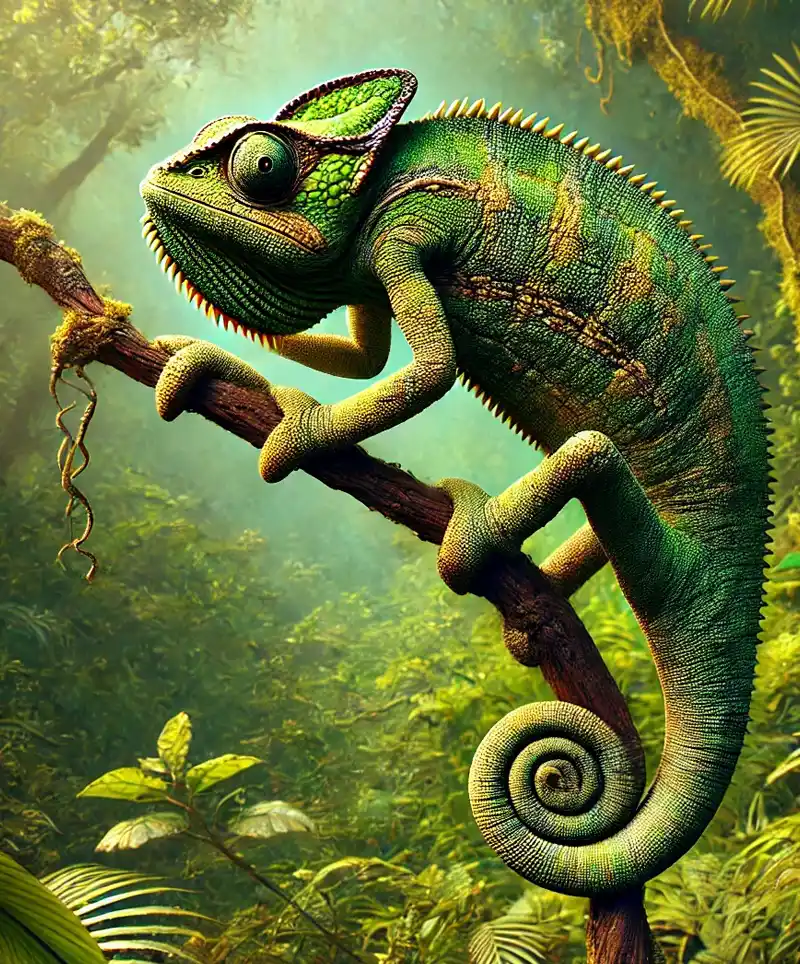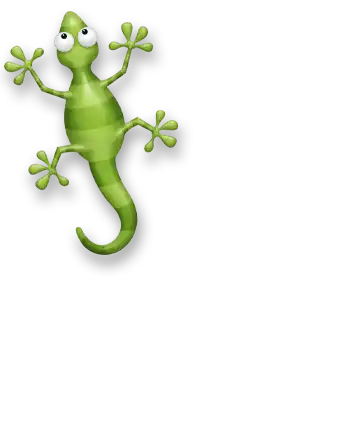The Life and Times of Our Scaly Friends
Every year on August 14th, World Lizard Day slinks into the spotlight, shedding light on one of nature's most fascinating, often misunderstood creatures. Whether they’re sunbathing on a rock, scampering across your porch, or blending into the background like the world’s most talented introverts, lizards are everywhere. But beyond their scaly exteriors lies a world full of intrigue, adaptability, and just the right amount of humor.
The Lizard Lineage: A Long and Slithery History
Lizards have been around for a jaw-dropping 250 million years. That’s right—these critters have survived mass extinctions, continental shifts, and more awkward evolutionary phases than your average teenager. They belong to the order Squamata, which also includes their legless cousins, the snakes. But unlike their serpentine relatives, lizards decided legs were cool enough to keep—most of the time.
 Today, there are over 6,000 species of lizards, ranging from the tiny chameleons that can fit on a fingertip to the imposing Komodo dragon that can make a buffet out of a small deer. They’re a diverse bunch, with a species for every niche. And speaking of niches, did you know that some lizards can fly? Okay, not “flap their wings and soar” fly, but they can glide like pros, making them the Evel Knievels of the reptile world.
Today, there are over 6,000 species of lizards, ranging from the tiny chameleons that can fit on a fingertip to the imposing Komodo dragon that can make a buffet out of a small deer. They’re a diverse bunch, with a species for every niche. And speaking of niches, did you know that some lizards can fly? Okay, not “flap their wings and soar” fly, but they can glide like pros, making them the Evel Knievels of the reptile world.
Masters of Disguise
Lizards are the undisputed champions of the animal kingdom’s costume party. Whether it’s the dazzling color shifts of the chameleon or the cryptic patterns of a gecko, these reptiles know how to dress to impress—or rather, to blend in. Chameleons, for example, can change their color not just to hide from predators, but also to communicate with other chameleons. Imagine if we could change our skin color to let someone know we were in a bad mood—traffic jams would look like a rainbow.
But camouflage isn’t the only trick up a lizard’s sleeve—well, if they had sleeves. Some species, like the horned lizard, can shoot blood from their eyes when threatened. Yes, you read that correctly. It’s like the lizard equivalent of a sneeze attack, except much more alarming and far less polite.
When Letting Go is Literally Survival
Lizards are well-known for their ability to drop their tails like it’s a bad habit. This isn’t just a cool party trick; it’s a survival strategy. When a predator grabs hold of a lizard, the lizard can detach its tail and make a hasty getaway, leaving the confused predator with nothing but a wiggling appendage. And here’s the kicker—the tail can grow back! Sure, it might not be as pretty as the original, but it gets the job done. It’s like hitting the “reset” button on a bad haircut.
This incredible feat is known as autotomy, and while it’s a lifesaver, it’s not without its costs. Regrowing a tail takes a lot of energy, and during the process, the lizard might be a bit slower or less agile. But hey, in the wild, it’s better to be a lizard with a bad tail than no lizard at all.
Romance in the Reptile World
When it comes to romance, lizards have some rather quirky habits. Male lizards often engage in displays of dominance to win over the ladies. These can include head-bobbing, push-ups, and even color changes. It’s like a cross between a gym session and a light show, with the added tension of potential love in the air.
Some species take things to the extreme, like the anole lizards, which use brightly colored throat fans, or dewlaps, to attract mates. It’s as if they’re saying, “Hey, check out my fancy neck scarf!” And if the ladies are impressed, the males get a shot at passing on their genes. If not, well, better luck next season.

Lizards in Pop Culture
Lizards have slithered their way into popular culture, too. From Godzilla—who, though technically not a lizard, embodies the spirit of “giant reptile”—to the lovable Geico gecko who convinced us that saving on car insurance is as easy as being green, these reptiles have a firm grip on our imaginations.
Then there’s the real-life internet sensation, the bearded dragon. With their expressive faces and laid-back attitudes, these lizards have become the unofficial mascots of the “chill pet” community. They might not fetch your slippers, but they’ll give you a look that says, “Slippers? Really?”
Conservation
Despite their widespread appeal, many lizard species face threats from habitat loss, climate change, and the illegal pet trade. Conservation efforts are crucial to ensure these ancient survivors don’t become a mere footnote in history. Organizations worldwide are working to protect lizard habitats and educate the public about the importance of these reptiles in our ecosystems.
World Lizard Day isn’t just a celebration of all things scaly—it’s also a reminder that we share our planet with some truly remarkable creatures. By learning about and supporting lizard conservation, we can help ensure that these fascinating reptiles continue to bask in the sun for millions of years to come.
So, on this World Lizard Day, whether you’re watching a gecko scaling your wall or daydreaming about dragons, take a moment to appreciate the diversity and resilience of lizards. They may be cold-blooded, but they’ve warmed our hearts in ways we never expected.
Please Share our Content






 Today, there are over 6,000 species of lizards, ranging from the tiny chameleons that can fit on a fingertip to the imposing Komodo dragon that can make a buffet out of a small deer. They’re a diverse bunch, with a species for every niche. And speaking of niches, did you know that some lizards can fly? Okay, not “flap their wings and soar” fly, but they can glide like pros, making them the Evel Knievels of the reptile world.
Today, there are over 6,000 species of lizards, ranging from the tiny chameleons that can fit on a fingertip to the imposing Komodo dragon that can make a buffet out of a small deer. They’re a diverse bunch, with a species for every niche. And speaking of niches, did you know that some lizards can fly? Okay, not “flap their wings and soar” fly, but they can glide like pros, making them the Evel Knievels of the reptile world.









 "Sláinte!" is a traditional Irish expression used as a toast, equivalent to "Cheers!" in English.
"Sláinte!" is a traditional Irish expression used as a toast, equivalent to "Cheers!" in English.